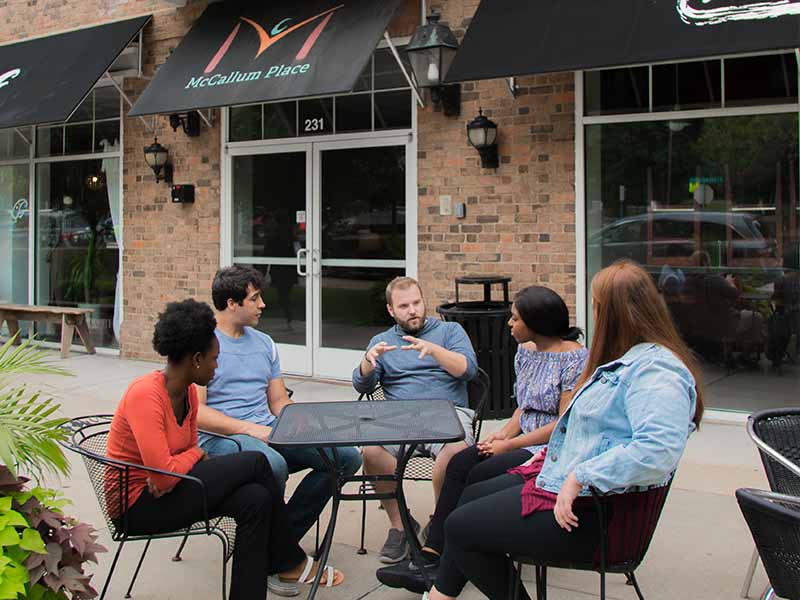An essential component of eating disorder treatment consists of adequately restoring the nutritional needs of each individual, ensuring sufficient nourishment to stimulate and support the healing process. It is very difficult for an individual in a malnourished state to think clearly and fully participate in all the modalities of treatment.
Typically, oral feeding is the preferred method for nutrition. Not only is oral intake the safest and least invasive method, it also allows for patients to become comfortable with eating a calorically adequate and balanced diet. Unfortunately, oral feeding isn’t always an option. When patients, despite effort, aren’t able to obtain sufficient sustenance through oral intake, a nasogastric tube (NG tube) can be an important option.
Feeding tubes are used for a variety of reasons throughout the eating disorder recovery process.
When a patient is not eating enough calories, and/or keeping those calories in their bodies, the entire gastric system slows down. Inadequate nutrition stalls the entire emptying system (esophagus, stomach, intestines, colon), so that when food is reintroduced, it often takes longer to pass through the digestive system. This process may cause gas, distention, discomfort, heart burn, bloating, pain, and early fullness; not to mention increased anxiety and worsening body image. Sometimes the digestive system needs a break, which is when a feeding tube can be utilized as a supportive tool.
NG feeding tubes:
- Assist in providing relief to the psychological and/or physical discomfort that many individuals experience in the refeeding process.
- Work in conjunction with oral intake to restore nourishment during the nutritional rehabilitation process.
- Ease anxiety related to increasing oral intake
A NG tube is inserted through the nostril, advanced down the esophagus, and adjusted so that the outlet of the tube resides in the stomach. Liquid food can be introduced into the stomach through the tube to ensure appropriate daily calorie intake and nutrition. Tube feedings can be performed either as a bolus or on a continuous basis depending on the particulars of the situation.
The liquid supplement, is simpler to digest, making it easier for the body to absorb the necessary nutrients. It is also easier for these nutrients to be processed, which reduces discomfort. This is helpful in regards to maintaining sufficient nutritional intake, which sometimes becomes increasingly difficult to maintain as the body becomes hyper-metabolic.
Hyper-metabolism is the increased rate of how the body processes food into energy. As the needs of the body increase, so does the speed of how bodies process energy, which is due to multiple factors such as:
- Daily basal metabolic needs (what humans need to breath, pump blood, grow cells, )
- Repair needs, due to the damage from the eating disorder
- Movement and Activities of daily living
When patients reintroduce nutrition, their bodies must relearn how to process food, which is a process that can take anywhere from 3-6 months. When discussing appropriateness for removing a feeding tube, it’s important to ensure that a patient will be able to adequately and tolerably meet their nutritional needs without this support.
This process will look different for each patient and will be individualized in each case. Some patients may experience having a feeding tube removed as an exciting milestone to reach. After the initial support of the NG tube is provided, the patient may begin to slowly decrease use on their own. For others, this is a big change and can activate fear and anxiety around how it will feel to orally complete a meal plan. In these cases, each patient will work with their eating disorder treatment team to set goals around slowly decreasing their reliance on their NG feeding tubes.
Overall, feeding tubes are often recommended as a short term supportive tool to assist patients in the process of weight stabilization and nutritional rehabilitation. Whether its anxiety related to increasing oral intake, or physical discomfort as the body works through the healing process, feeding tubes can be a reliable support to lean on as someone is working towards recovery. While most patients will never require a NG tube, in select patients they can be an important tool on the road to recovery.









